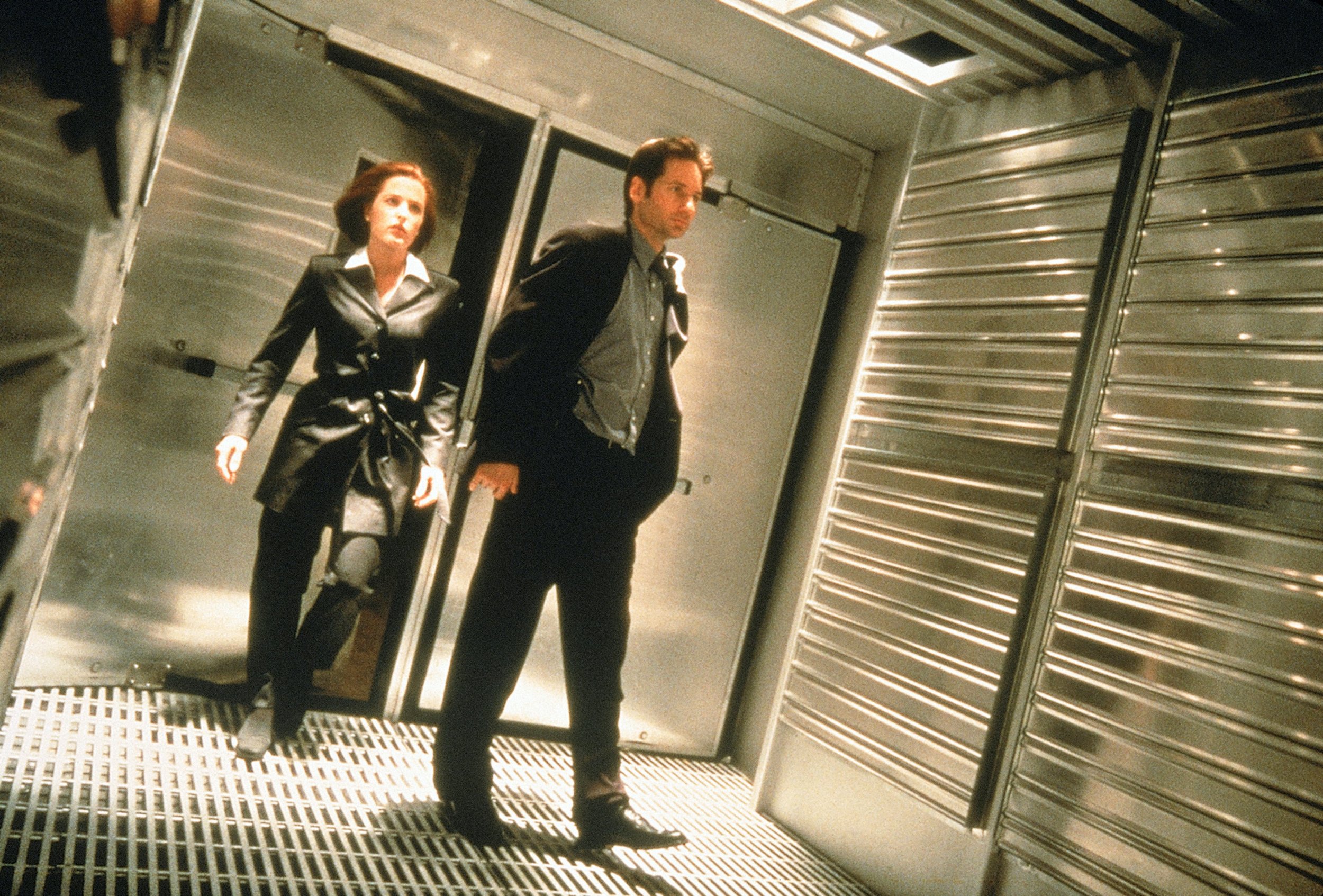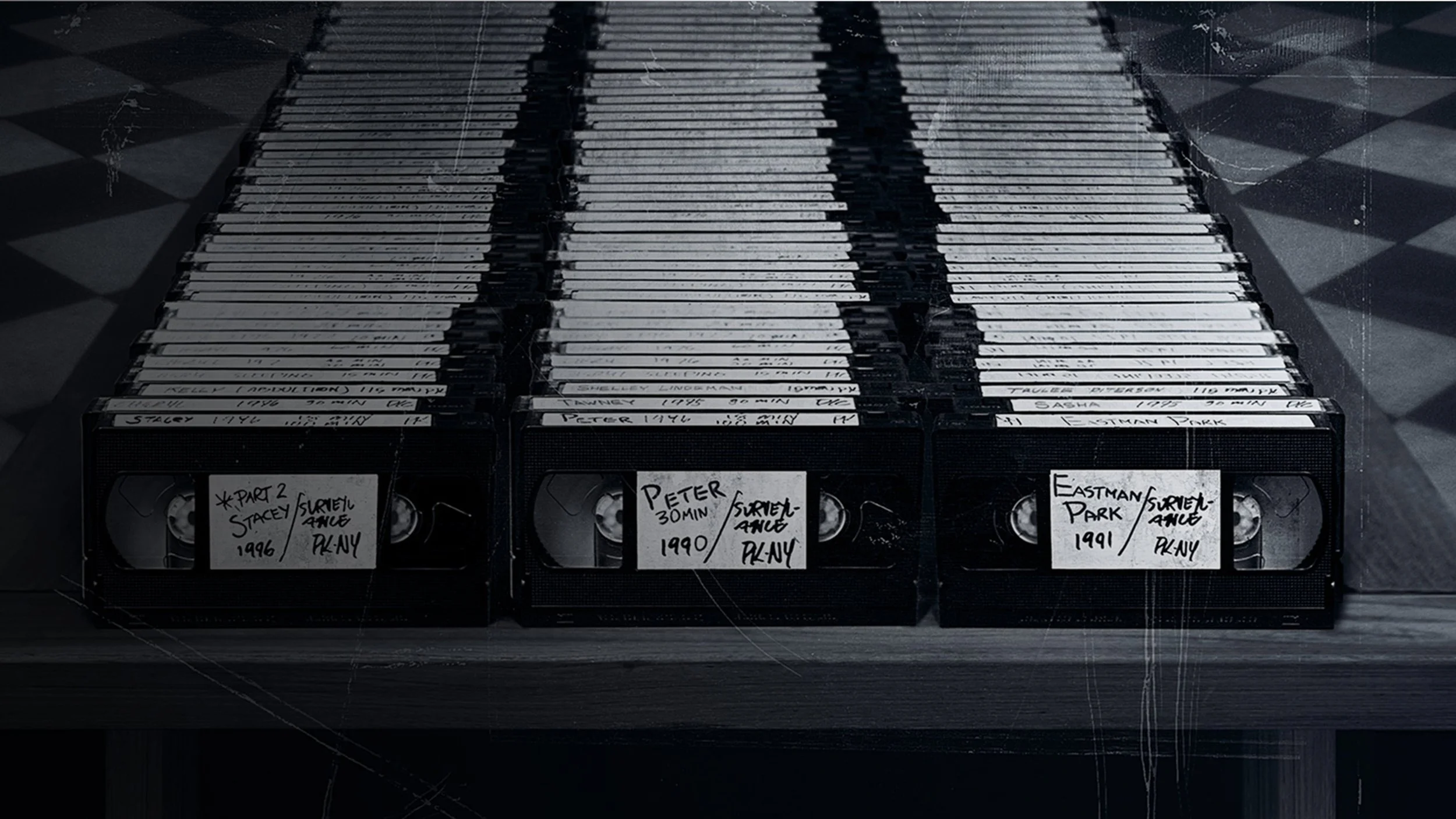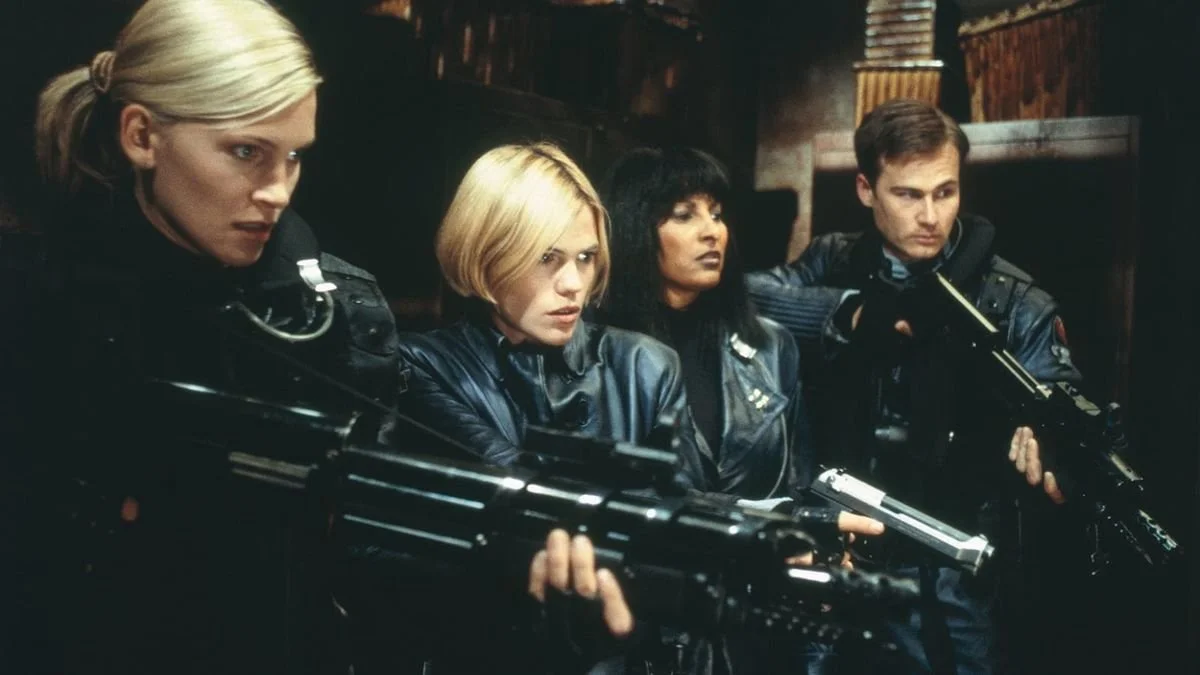Review: The X-Files (1998)
The X-Files (1998), often subtitled Fight the Future, is a riveting example of many modes of 1990s blockbuster filmmaking. First, the film works in the vein of the Star Trek: The Next Generation feature films, operating as a big-budget, higher-stakes version of a one-hour television episode. Second, it’s another 1990s blockbuster obsessed with government conspiracy, alien abduction, and militant dissent, playing into the sociopolitical fascinations that were percolating into the mainstream culture during the era. Third, it’s a self-referential science-fiction thriller, knowingly paying homage to past great films (and some contemporary ones) to demonstrate an entertaining fluency in big-budget sci-fi storytelling.
The feature film, directed by Rob Bowman, who was a main producer and director on the TV series, likely plays better for fans of the television series. It works as a direct sequel to the fabulous season five finale, “The End,” which brings the Cigarette Smoking Man (William B. Davis), the main antagonist of Agents Mulder (David Duchovny) and Scully (Gillian Anderson), back from the dead. The finale also closes the agents’ X-Files investigations within the FBI, reassigning them to more pedestrian federal cases.
Picking up a few months later, the film sees Mulder and Scully dragged back into investigating the paranormal when a bomb threat at a federal building in Dallas goes wrong and the special agent in charge (played by the always entertaining Terry O’Quinn) is killed in the explosion. Already, in these early moments, the film is tapping into the paranoid vein of the 1990s in much the same way as the television series, but on a much larger scale than was possible on the small screen. The explosion of the federal building in Dallas taps into fears in the aftermath of the Oklahoma City and World Trade Center bombings (and predicts, like so many 1990s blockbusters, the eventual destruction of 9/11). The pacing of this scene, with the slow play of tension when Mulder and Scully realize the FBI is looking for the bomb in the wrong building, as well as its visual language, with an emphasis on wide shots and a roving camera that takes advantage of the anamorphic widescreen, shows that the film is crafted specifically for the theatrical experience. The narrative might be of a piece with the TV show, but the canvas is clearly cinematic.
With the help of a mysterious informant (Martin Landau) who knew Mulder’s father, Mulder and Scully discover that some of the other corpses found in the destroyed federal building were placed there to erase the evidence found at a mysterious crime scene in Texas. The bodies, it seems, are infected with an alien parasite, and the Cigarette Smoking Man, operating on behalf of what people today call the Deep State (known as The Syndicate within the lore of The X-Files), is adamant about erasing any trace of an alien outbreak.
Mulder and Scully follow the clues across the United States, from Dallas to Texas to Washington, D.C. and eventually to Antarctica, as the evidence leads to an alien facility buried deep in the polar ice. Due to budget constraints, most episodes of the TV show are restricted to one or two locations (which are usually shot in British Columbia, Canada in the early seasons), but The X-Files film takes advantage of the bigger budget to craft a global conspiracy thriller with massive implications. Along the way, there are references to the TV series itself, with the appearance of Mulder’s paranormal investigator friends, The Lone Gunmen, other conspirators such as John Neville’s the Well-Manicured Man, and the steady presence of Assistant Director Walter Skinner (Mitch Pileggi).
The X-Files is more than just a bigger budget episode, however; it also taps into the obsessions of sci-fi movies, mostly from the 1990s. The panic and conspiracy over the alien virus recalls 1995’s Outbreak, while the looming threat of alien conquest brings to mind Independence Day (1996). In a hilariously direct reference, Mulder takes a piss in a back alley in front of a poster advertising ID4. The fear of government agents potentially infected with the virus recalls the paranoia of both the 1950s and 1970s iterations of Invasion of the Body Snatchers, while the climax in Antarctica is a direct homage to both versions of The Thing, but especially John Carpenter’s masterful 1982 remake. Director Rob Bowman and series creator Chris Carter, who wrote the film and developed the story with Frank Spotnitz, understand the appeal of these other sci-fi classics. Thus, they use these references to classic films to help orient The X-Files as an appealing sci-fi movie for viewers who have never watched the series. But those who are fans of the show will recognize the film’s approach as deepening and extending its often-playful relationship to American genre storytelling.
Perhaps the only thing holding the film back from being one of the best sci-fi blockbusters of the 1990s is that it shares a narrative crutch with many episodes of the series: it makes Scully a damsel in distress. Scully is one of the most tortured TV characters of the 1990s, abducted, operated upon, infected and abused, gaslit and mistreated, constantly powerless to stop her own victimization and needing Mulder to save her. She’s a fascinating character, an intelligent, pragmatic woman who is an empathetic believer in her own right (the interrogation of her Catholic faith is one of the most interesting elements of the series), but she’s so often forced into the same narrative dead end so that Mulder can save her as the more active of the two protagonists.
It’s something of a lost opportunity, then, for a similar thing to happen in The X-Files movie. The filmmakers had an opportunity to do something new with Scully, but don’t take it, instead forcing Mulder to travel to Antarctica to save her and prevent the spread of this alien contagion. While this approach does blend the personal and global stakes of the narrative in classical Hollywood fashion—Mulder must save Scully if he wants to save the world—it robs the final third of the film of much of what is great about The X-Files, which is not only the banter and camaraderie of Mulder and Scully, but also the emotional conflict within Scully herself.
Thus, The X-Files movie is not the pinnacle of The X-Files franchise as a story. Neither is it simply an extra long episode with only interest for fans of the television series. Rather, it is an entertaining, smartly produced movie that operates as a riveting thriller for general audiences. It never transcends the TV series, but unlike so many feature films based on TV series, it functions as a movie, first and foremost, which means that even 26 years after its release, it continues to fascinate viewers, even those who have never seen an episode of the show.
8 out of 10
The X-Files (1998, USA)
Directed by Rob Bowman; written by Chris Carter, based on a story by Chris Carter and Frank Spotnitz, based on The X-Files created by Chris Carter; starring David Duchovny, Gillian Anderson, Martin Landau, Blythe Danner, Armin Mueller-Stahl, Mitch Pileggi, William B. Davis, John Neville, Dean Haglund, Bruce Harwood, Tom Braidwood.



Kiyoshi Kurosawa’s 2001 J-horror film predicted the new millennium in terrifying ways.